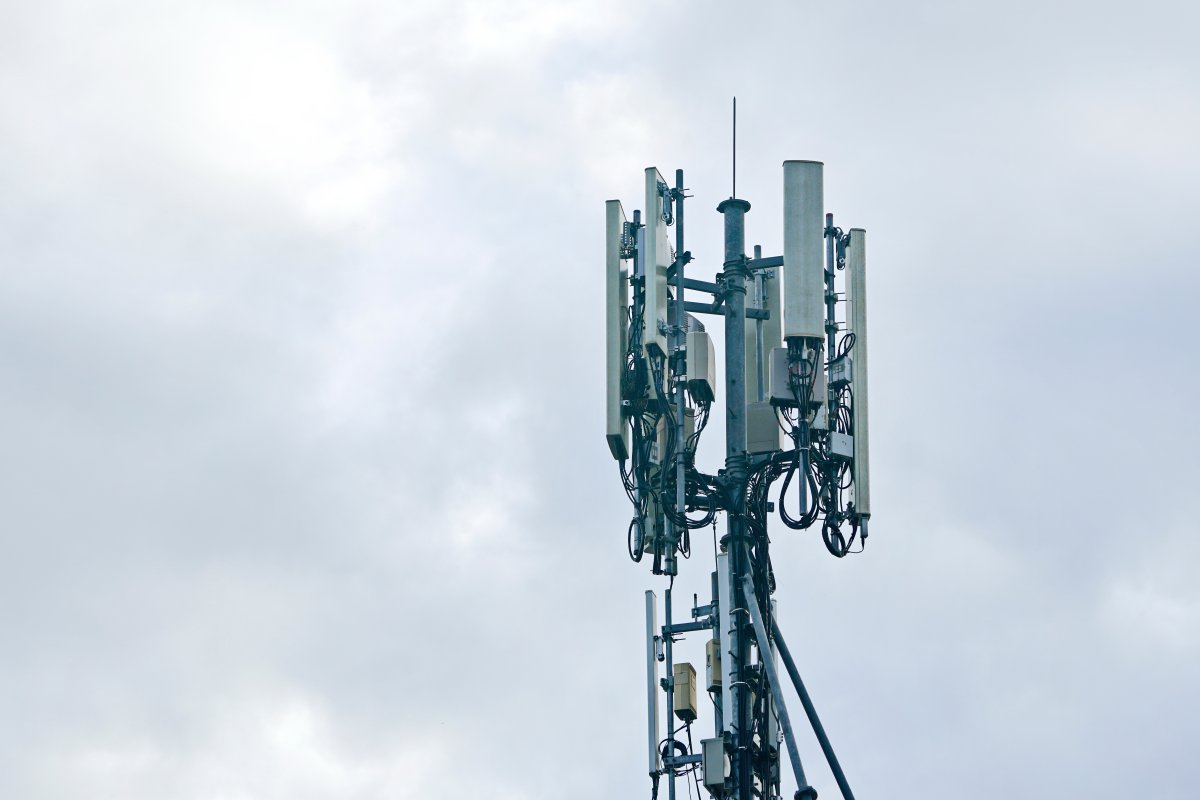GSM mobile communications: Switzerland is switching off
Source: Heise.de added 29th Dec 20202021 Switzerland is switching off: At the beginning of January, the semi-state mobile network operator Swisscom will start switching off its GSM network. Private competition is also pulling along. The second generation of mobile communications, the “Global System for Mobile Communications”, is being phased out slowly for some and faster for others. While that takes another two years at Sunrise, Salt is almost through.
30 Years “Natel” The first digital cellular network had its global start 1991 with the activation in Finland, in Germany GSM has been in operation since 1992 and since March 1st 1993 Switzerland has also been there. Like the analog previous generation, which was mostly built into vehicles, it was called “Natel” by the Swiss – from “National Car Telephony Network”. The name has become commonplace in Switzerland instead of “mobile phone” for end devices and is still used by quite a few Swiss people today.
Now 2G is to give its more powerful successors space and the frequencies used for the expansion of the new generation of mobile communications Make 4G and 5G free. In Switzerland hardly anyone uses GSM any more. According to the regulatory authority, the Federal Communications Commission (ComCom), the share of 2G in total mobile communications is now less than 1 percent.
The data transmission rates possible with GSM are for today Needs too few too, the bandwidth is just enough for short e-mails. The further developments GPRS (General Packet Radio Service) and EDGE (Enhanced Data Rates for Global Evolution) enabled higher bandwidths on the GSM standard and are unofficially 2.5G (up to 54 kbit / s) or 2. 75 G (220 kbit / s), but were only an intermediate step to UMTS.
Industry leader Swisscom wants to be GSM A company spokeswoman explains that the network will gradually be shut down within a few weeks from January 4th 2021. The aim is to ensure that all customers can be accompanied with questions. Swisscom would inform customers directly of their shutdown date. Important to know, also for German roaming customers: Depending on the device, it could happen that the device still shows 2G network reception, but logging into the network is no longer possible.
Sunrise continues to broadcast Sunrise continues to broadcast via 2G / GSM – until at least the end 2022, a spokesman confirmed to heise online. Background: Sunrise still has permanently assigned frequencies for GSM in the 900 MHz band. In the future, Sunrise plans to dynamically assign frequencies in the MHz band for 2G, whenever a pure GSM device is actually in requests a connection from a radio cell, explains the company.
At the third Swiss mobile network operator Salt Mobile, the “progressive 2G shutdown” began a few years ago, said a spokeswoman. In the meantime, almost 90 percent of the 2G coverage at Salt is deactivated. “Salt also keeps its 2G antennas active in areas where no other technology is available to ensure mobile coverage,” the spokeswoman emphasizes. However, LTE and UMTS are particularly important for ensuring optimal cellular coverage Here, too, investments will be made accordingly.
3G mobile communications (UMTS, HSPA) are again ringing the death knell in neighboring Germany, and Deutsche Telekom, Vodafone and Telefónica-O2 are already preparing for an end of 3G, which will most likely be the case with all three network operators in the course of the coming year. However, none of the network operators in Switzerland is thinking of shutting down the third generation of mobile communications in the medium term. Swisscom will be 3G at least until the end of , Sunrise also has no plans to switch it off and Salt Mobile is even investing in 3G.
Internet of Things Played a role According to the disconnection for cellular modems, the Internet of Things (IoT) and M2M communication (machine-to-machine). If UMTS is switched off in Germany, such devices could still be operated with 2G for the time being. On the other hand, those who already operate modems and routers with 3G in Switzerland usually have an automatic fallback option to 2G. If the worst comes to the worst, it might not be possible very soon.
Swisscom and Salt customers who still use 2G for M2M communication will have to reposition themselves anyway. This can be the transmission of measured values or consumption data, applications of remote monitoring, remote control and remote maintenance or the exchange of information between systems and end devices with a central control center. A wide variety of applications in energy and building technology such as heating controls, lift emergency calls or alarm systems can therefore be affected by the Swiss 2G shutdown.
While Switzerland could temporarily upgrade to 3G for this, we recommend this Swisscom only to a limited extent. Instead, the network operator advises to consult with the suppliers of the systems and to choose a suitable solution for individual needs. Swisscom considers a change to LTE or an IoT protocol such as LTE-M or Narrow-Band-IoT to be more sensible than an intermediate step via 3G, the spokeswoman emphasized. LoRaWAN is also supported by Swisscom. With Sunrise, however, this is not the case, technologies in other “non-licensed frequency bands such as Sigfox or Zigbee are not supported”, the company explained on request
(vbr)
brands: AIM Built cellular GSM longer Mobile New other Space Telekom Vodafone media: Heise.de keywords: 5G Internet Mobile Phone
Related posts
Notice: Undefined variable: all_related in /var/www/vhosts/rondea.com/httpdocs/wp-content/themes/rondea-2-0/single-article.php on line 88
Notice: Undefined variable: all_related in /var/www/vhosts/rondea.com/httpdocs/wp-content/themes/rondea-2-0/single-article.php on line 88
Related Products
Notice: Undefined variable: all_related in /var/www/vhosts/rondea.com/httpdocs/wp-content/themes/rondea-2-0/single-article.php on line 91
Warning: Invalid argument supplied for foreach() in /var/www/vhosts/rondea.com/httpdocs/wp-content/themes/rondea-2-0/single-article.php on line 91
